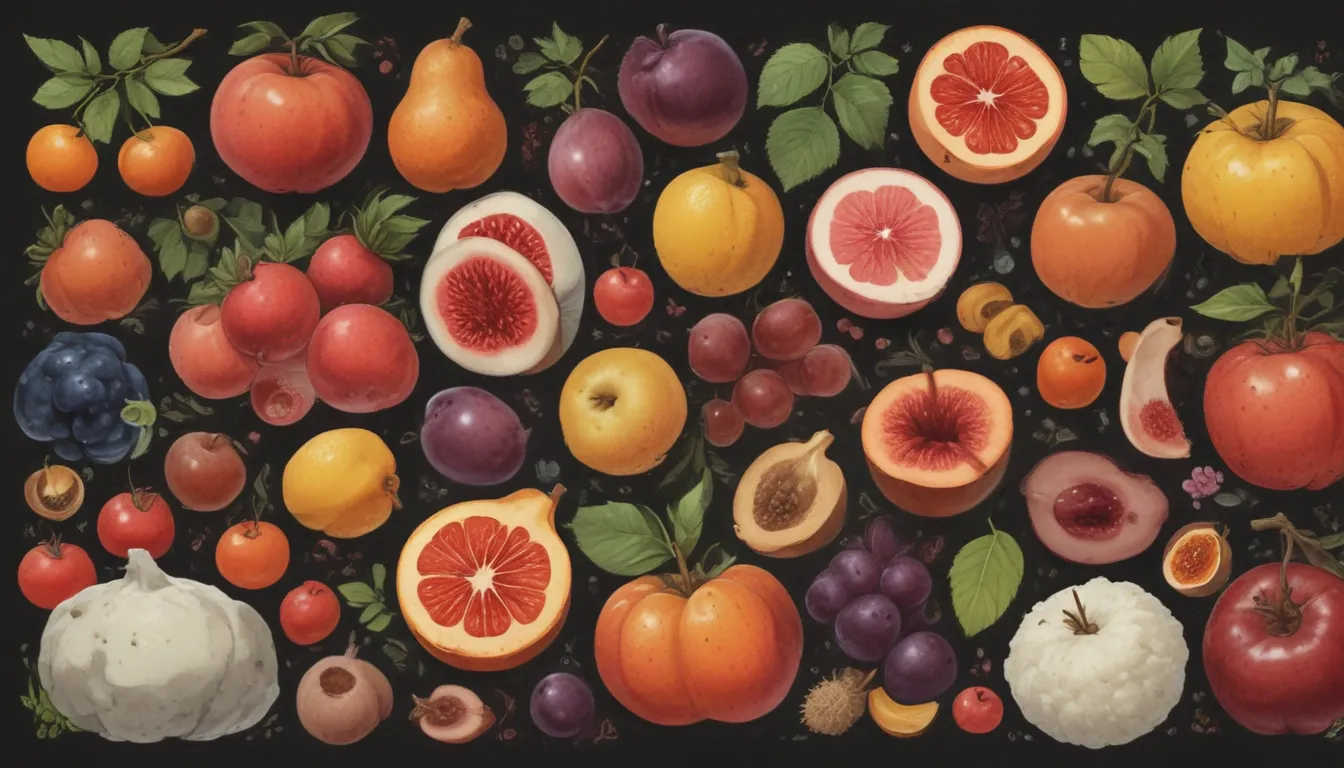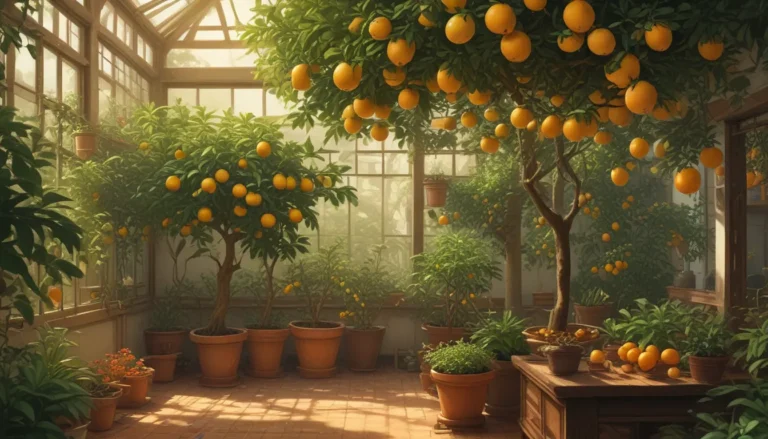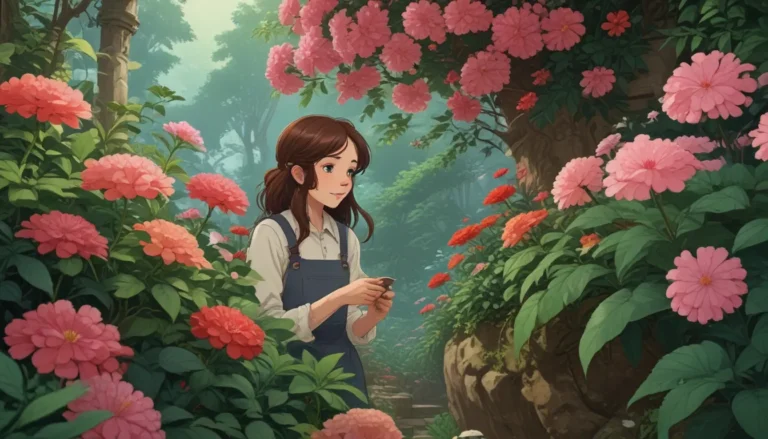Comprehensive Guide to Identifying, Preventing, and Treating Scab in Stone Fruits

Ew, peach scab! The name alone is enough to give you the chills. Also known as black spot or freckles due to its unsightly appearance on stone fruits, scab is a common fungal disease that can wreak havoc on your peach, apricot, nectarine, or plum trees. But fear not, my fellow gardeners. In this detailed guide, we’ll delve into the world of scab, from identification to prevention and treatment, so you can keep your stone fruit trees healthy and fruitful.
The Culprit: Cladosporium carpophilum
Let’s start with the basics. Peach scab is caused by a fungus known as Cladosporium carpophilum. This pesky fungus is responsible for those dreaded scab lesions that can turn your beautiful fruits into unappetizing specimens. While the scab may look bad on the outside, rest assured that the fruit itself is perfectly edible once peeled.
Interestingly, scab is more of a nuisance for home gardeners than commercial orchards. Commercial operations typically use fungicides to control scab, preventing it from taking hold. However, if you’re a home gardener, you may find yourself face to face with this unsightly disease, especially during wet spring and early summer weather conditions.
Signs of Scab: What to Look For
When it comes to identifying scab, keep an eye out for small, round, green spots on the fruit. These lesions tend to appear on the side of the fruit facing the sun or near the stem. As the scab progresses, the spots can merge to form large brown blotches on apricots, or black ones on peaches, nectarines, and plums.
Unfortunately, scab is often detected after the fruit has already developed, making it challenging to manage. Severe infections can cause fruits to crack open or become misshapen, inviting other fungi to wreak havoc. Additionally, the fungus can infect twigs, resulting in raised blotches and potential twig dieback.
Understanding the Disease Cycle
To effectively combat scab, it’s essential to understand the disease cycle. The scab fungus overwinters in lesions on the twigs, where it produces spores that remain dormant until conditions become moist. Windblown mist and splashing rain then spread these spores to developing fruit, leaves, and twigs. The optimal temperature range for spore germination is 65-75°F, although infection can occur between 37 and 95°F.
The lesions on the twigs continue to produce spores throughout the season, perpetuating the cycle of infection. To break this cycle, cultural controls and fungicide treatments are essential.
Strategies for Prevention and Control
Now that you’re familiar with the enemy, let’s dive into strategies to prevent and manage scab in your stone fruit trees:
Cultural Controls
- Remove Infected Twigs: Eliminate and destroy infected twigs in early spring to reduce a potential source of infection.
- Prune Regularly: Prune your tree annually to promote good air circulation, reducing the likelihood of severe infections.
- Eliminate Nearby Trees: Remove unwanted or wild stone fruit trees near your orchard to minimize the spread of infection.
Fungicide Treatments
- Use Approved Fungicides: Consider using fungicide sprays approved for fruit trees to control scab.
- Timely Application: Apply fungicides from petal fall until 40 days before harvest, ensuring thorough coverage.
- Regular Maintenance: Maintain a spraying schedule every 10-14 days until close to harvest to prevent late-season infections.
Remember: Fruit Symptoms are Superficial
While scab lesions may mar the appearance of your stone fruits, rest assured that the fruit itself is still edible once peeled. However, taking proactive measures to prevent scab is crucial to avoid escalating levels of infection over time.
Final Thoughts
In conclusion, scab can be a pesky nuisance for stone fruit growers, but with proper identification, prevention, and treatment, you can keep your trees healthy and productive. By implementing cultural controls, such as twig removal and regular pruning, along with fungicide treatments, you can minimize the impact of scab on your harvest.
Have you encountered scab on your apricots, peaches, nectarines, or plums? Share your experiences and tips in the comments below. And for more insightful guides on growing fruit trees, check out our resources on spacing fruit trees, preparing for winter, and cultivating dwarf citrus trees.
Remember, a little knowledge and proactive care can go a long way in safeguarding your stone fruit trees against the dreaded peach scab! Happy gardening!





